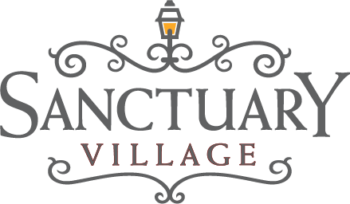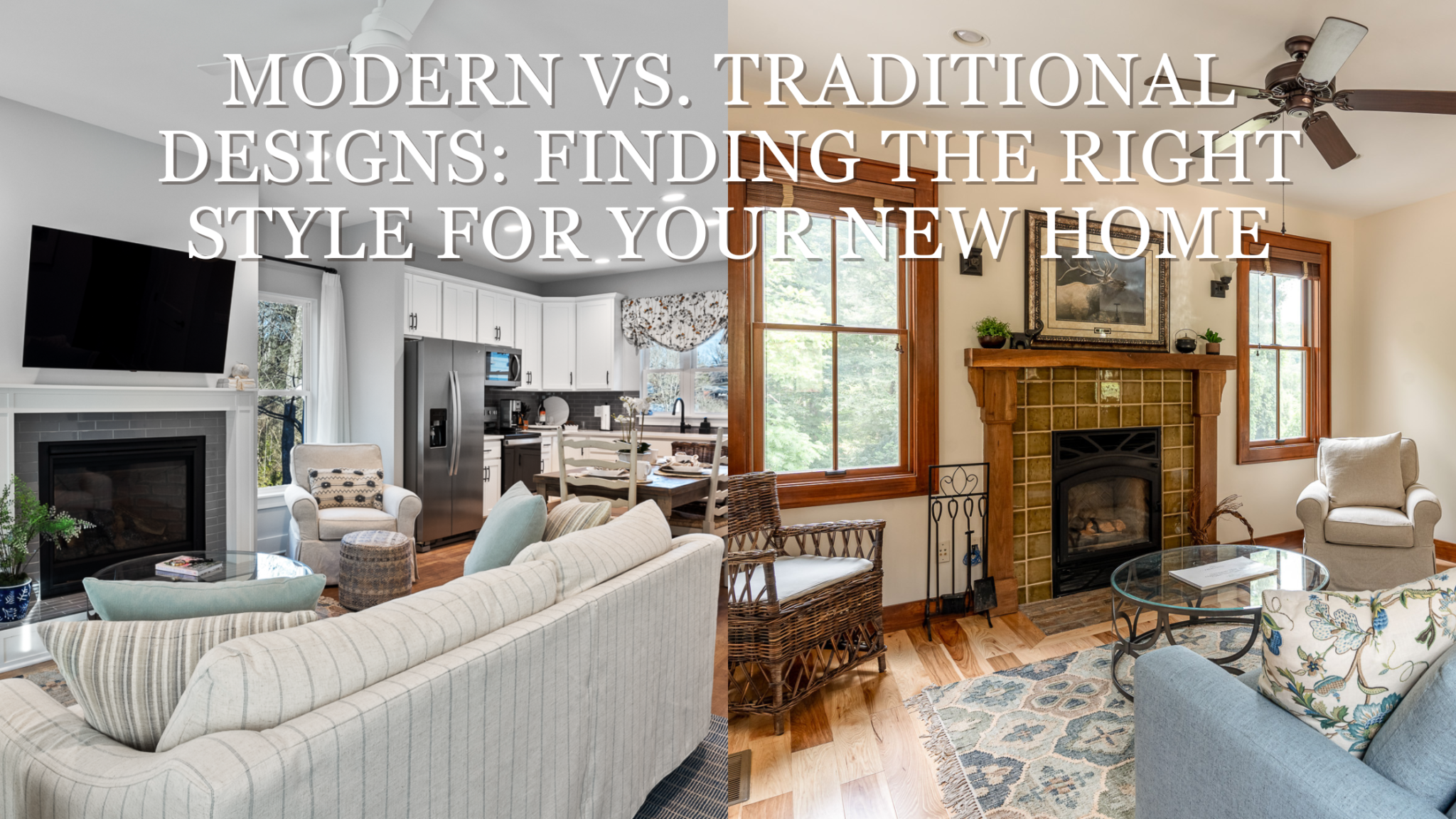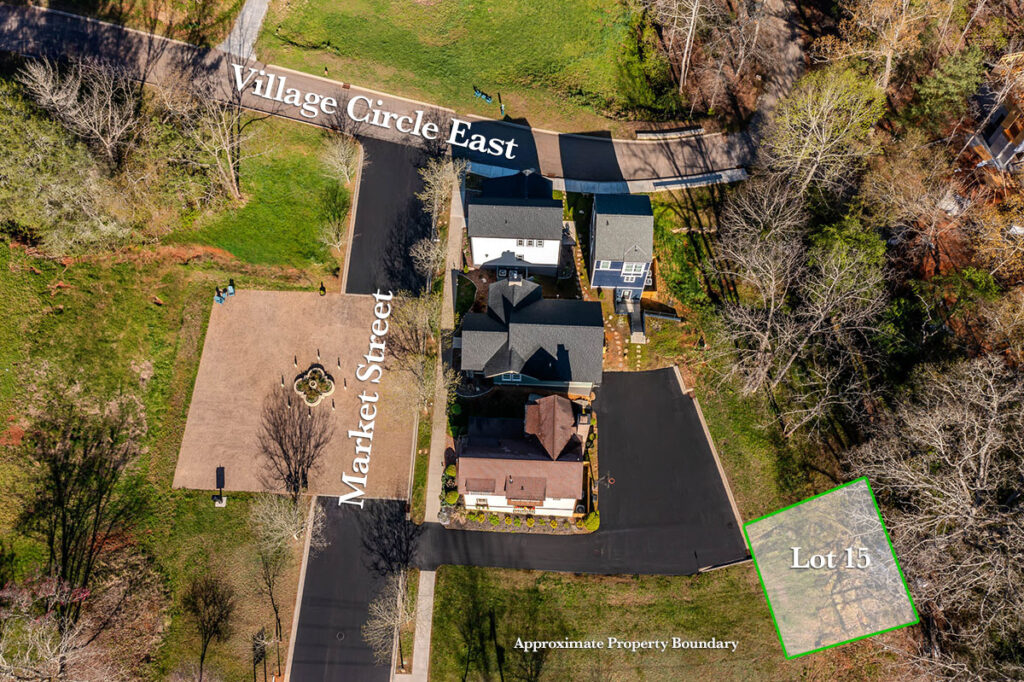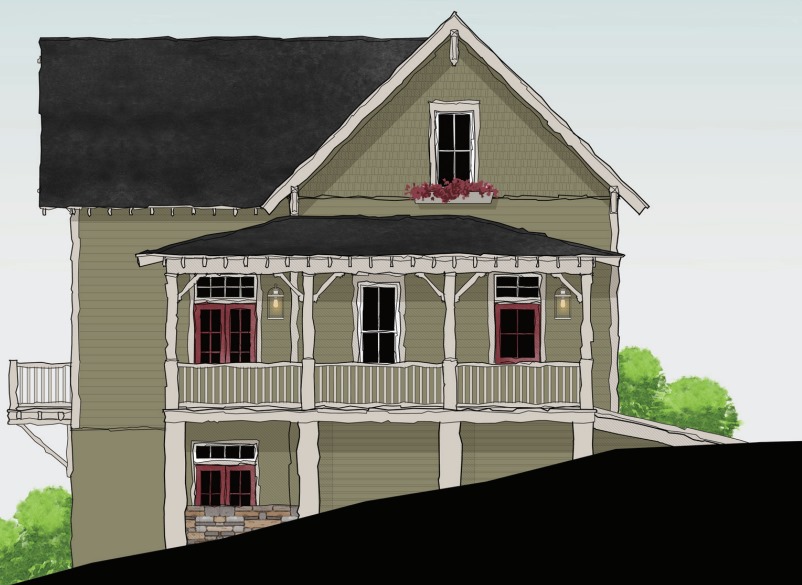When building a new home, one of the first decisions you’ll need to make is whether to opt for a modern or traditional design. Each style brings its own set of aesthetic appeals, functional benefits, and lifestyle implications. Your choice will ultimately depend on your personal preferences, the way you live, and the kind of atmosphere you want to create in your home.
Understanding Modern Design
Aesthetic and Functional Appeal
Modern design is characterized by clean lines, minimalist aesthetics, and a focus on simplicity and function. It often incorporates open floor plans, large windows, and a neutral color palette. The use of natural materials such as wood, glass, and metal is common, creating a seamless connection between indoor and outdoor spaces. This style prioritizes function, with an emphasis on uncluttered spaces and practical, multipurpose furniture.
In modern homes, you’ll often find an open concept layout that encourages flow and connectivity between spaces. This is ideal for those who enjoy entertaining or prefer a more fluid living environment. The large windows and open spaces also allow for ample natural light, which can create a bright and airy atmosphere.
Lifestyle Considerations
Modern design is particularly appealing to those who appreciate minimalism and a clutter-free environment. It suits a lifestyle that values efficiency and simplicity, with spaces designed to be both functional and aesthetically pleasing. The emphasis on open spaces and natural light makes it a popular choice for those living in urban areas or those who want to bring the outdoors in.
When designing a home with multigenerational living in mind, it’s essential to consider layouts that accommodate the needs of multiple generations while maintaining privacy and comfort for everyone. This could include separate living areas, such as in-law suites or private entrances, and shared spaces like kitchens and living rooms that encourage family interaction. Modern designs can easily incorporate these features while maintaining a sleek aesthetic, and traditional designs can offer the warmth and familiarity that many families value. For more insights on how to design a home that suits multigenerational living, check out our article on Multigenerational Family Homes.
Exploring Traditional Design
Classic Aesthetic and Timeless Charm
Traditional design, on the other hand, is rooted in classic architecture and interior design principles. It features rich textures, detailed woodwork, and a warm, inviting color palette. Traditional homes often include formal living spaces, such as dining rooms and sitting rooms, with an emphasis on symmetry and balance in the design.
The materials used in traditional designs are typically more ornate, with features such as crown molding, wainscoting, and built-in cabinetry. Furniture in a traditional home is usually more substantial, with pieces that are designed to make a statement. Fabrics like velvet, silk, and brocade are common, adding a sense of luxury and comfort.
Lifestyle Considerations
Traditional design is ideal for those who appreciate the comfort and familiarity of classic architectural elements. It suits a lifestyle that values tradition and formality, with spaces designed to accommodate more structured living arrangements. This style is often chosen by families who want to create a warm, inviting atmosphere that feels timeless and enduring.
Combining Modern and Traditional Elements
Transitional Design: The Best of Both Worlds
For those who appreciate aspects of both modern and traditional designs, a transitional style offers a harmonious blend of the two. Transitional design combines the clean lines and simplicity of modern design with the warmth and detail of traditional design. This style allows for greater flexibility in creating a home that reflects both contemporary and classic elements.
In a transitional home, you might find a modern, open floor plan paired with traditional furniture and decor. The color palette is often neutral, allowing for the seamless integration of modern and traditional pieces. This approach can create a balanced, cohesive look that feels both fresh and timeless.
Personalizing Your Space
Whether you lean towards modern, traditional, or a blend of both, the key to creating a home you love is personalization. Consider your lifestyle, the functionality of each space, and the atmosphere you want to create. Mixing elements from both styles can allow you to enjoy the best of both worlds while reflecting your unique tastes.
Making the Right Choice for Your Home
When choosing between modern and traditional designs, it’s important to consider not only the aesthetic appeal but also how each style will fit into your daily life. Modern design offers a sleek, efficient environment that is perfect for those who value simplicity and function. Traditional design, with its rich textures and classic features, creates a warm, welcoming space that feels timeless.
Ultimately, the decision comes down to personal preference. Think about how you live, what makes you feel at home, and how you want your space to reflect your personality. Whether you choose modern, traditional, or a blend of both, your home should be a place that brings you comfort, joy, and a sense of pride.
Sanctuary Village has worked with local and regional architects to design some great home plans to choose from. We also welcome you to customize your home to suit your needs and can connect you with the right people and help you through the process. Reach out to discuss what you’re looking for in your dream home.




